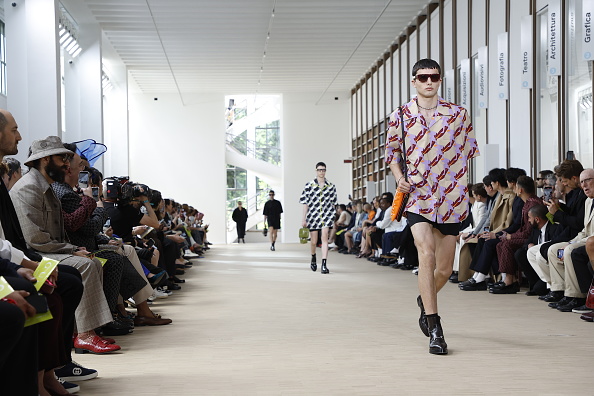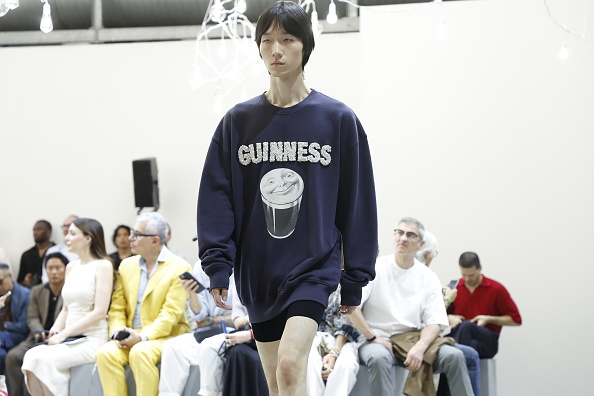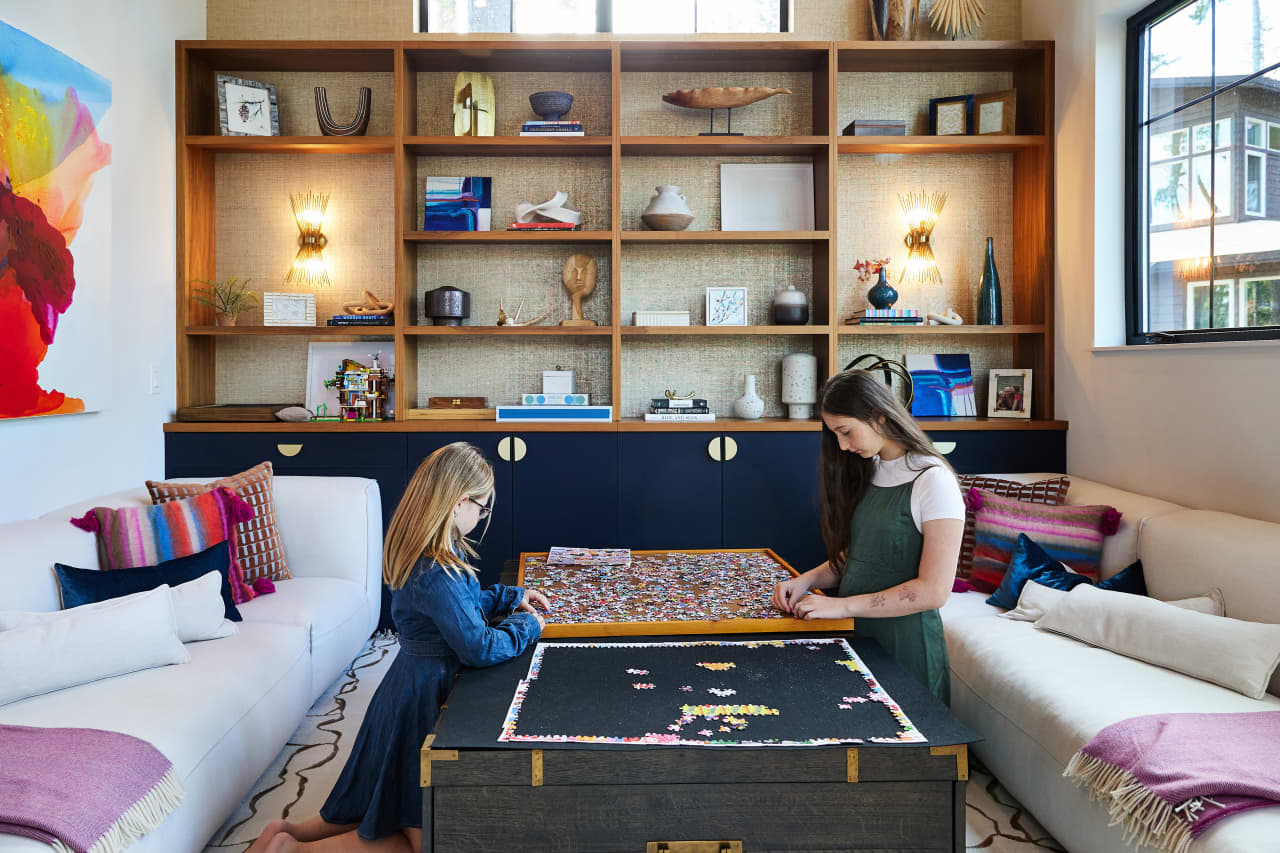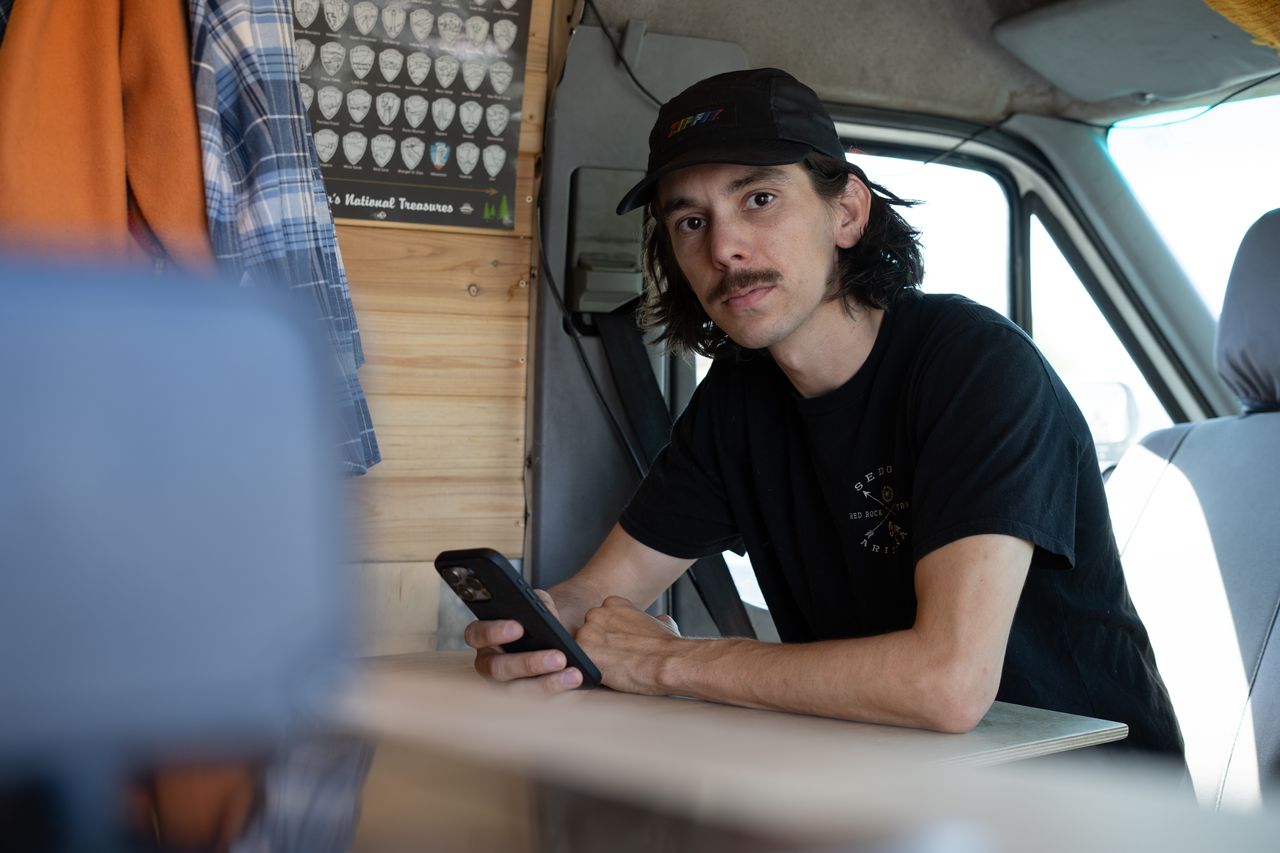Fashion’s Boring-and-Expensive Era Is Over
From Gucci to Valentino, designers have a new ethos: Fun
Not long ago, designer Jonathan Anderson attended a music festival where he surveyed the crowd and thought, Now this is where all the fashion has been lurking.
“I saw more people dressing more in high fashion than actually what was happening in fashion,” said Anderson , who designs the British clothing brand JW Anderson, as well as LVMH’s Loewe.
The free expression of these festival goers stuck with Anderson as it clashed with the risk-shy attitude that has guided much of luxury fashion in recent years. “I wonder,” said Anderson this past weekend in Milan, “has fashion become so conservative whereas what’s happening out there is actually way more avant-garde?”
Just a couple of years ago in Milan, “quiet luxury ” was on the tip of everyone’s tongue. This collocation was a simplistic shorthand for where fashion was going: pricey but prim; light on logos but heavy on the wallet; all cashmere everything in grey, beige, navy.
Fashion is a creative industry and designers can only cup their mouths for so long. At the latest edition of Milan men’s fashion week, shouts in the form of new, notice-me clothes broke out from the runways.
“People want uniqueness, maybe they want something which is challenging somehow,” said Anderson, speaking after the latest JW Anderson show, which was widely held up as the most successful collection of a muddled Milanese sprint.
Highlights included winsome cardigans with children’s book depictions of London terrace houses, leather jackets contorted by ski-slope-like hems and a kitschy sweater showing a smirking pint of Guinness—an upmarket riff on a Dublin tourist souvenir.
The day after Anderson’s show, came the surprise online release of a bulging 171-outfit lookbook from Valentino, the first stab from the label’s new creative director Alessandro Michele, who helped lift Gucci to a more than $10-billion brand before leaving in 2022.
At Gucci, Michele ushered in a maximalist fashion moment, and based on this initial showing, his taste for theatrics is intact. Against a backdrop of winter-mint curtains, feather-haired models (often wearing gigundo nerd glasses and hoops of pearls) sported floppy dog-ear ties, Kermit-green suits and tapestry prints. Flipping through the collection, all the tired but fitting Michele comparisons came rushing back: Wes Anderson films, kooky grandmothers and leopard-clad psych-rock bands.
Valentino, which is part-owned by Kering, also made its commercial intentions clear by sending out 93 close-up photos spotlighting easy-to-buy accessories like V-logoed sandals and rectangular handbags.
Notably, Sabato de Sarno, the still newish creative director who replaced Michele at Gucci, seemed to be shrugging off his own restraints. Neither De Sarno nor François-Henri Pinault, CEO of Gucci parent company Kering, spoke to the press after the show, but the collection was a departure from the brand’s recent strategy of focusing on classic, trend-agnostic pieces that cater to older, wealthier clients.

De Sarno’s surf-inspired offering bounded between skin-revealing mesh polo shirts, skimpy thigh-high shorts and camp-collared shirts with blooming hibiscus flowers prints. It would be hard to imagine much of it on anyone over 29. (Actor Paul Mescal, 28, was already in the front row in a pair of those shorty shorts.)
Youthful abandon was the theme at Gucci’s mightiest Milanese competitor, Prada. “Sometimes when you get older you start to overthink a lot and you limit yourself,” said Raf Simons , who is co-creative of the brand with Miuccia Prada , the grand doyenne of Italian fashion. “When you are young, you just go. We like that spirit.”
Models wore navel-exposing shrunken sweaters and pre-wrinkled sportcoats, a seeming nod to teens who haven’t yet learned the wonders of ironing. A lurid palette of hot pink and electric blue spoke to juvenile fashion experimentation.
Throughout the long weekend in Milan, the feeling settled in that this new, shoutier tone was a necessary course correction during an unsteady period for the apparel industry, and really, Europe at large.
The chatter of the front row centred on this month’s European Union elections which saw a surge in support for right-wing candidates, catching pundits and leaders like French President Emmanuel Macron by surprise. Inflation also remains stubbornly high.
Pressingly, for the fashion world, some of the world’s largest luxury labels have been reporting a glut of unsold products and a dearth of shoppers. Past strategies don’t seem to be working and one could tell that brands were ready to try anything to spur shoppers to spend a bit more.
Even at Zegna, a label so synonymous with quiet luxury that the cast of “Succession” wore it on that money-mad show, the clothes were more conspicuous. In between its Learjet-bound sotto voce suits, one found vivacious coral patterned jackets in blue and yellow.
“For sure playing more with colours and prints, we had fun,” said Zegna’s artistic director Alessandro Sartori following his show. “It’s a sense of freedom that I wanted to express.”
 Copyright 2020, Dow Jones & Company, Inc. All Rights Reserved Worldwide. LEARN MORE
Copyright 2020, Dow Jones & Company, Inc. All Rights Reserved Worldwide. LEARN MORE
This stylish family home combines a classic palette and finishes with a flexible floorplan
Just 55 minutes from Sydney, make this your creative getaway located in the majestic Hawkesbury region.
More than one fifth of Australians are cutting back on the number of people they socialise with
Australian social circles are shrinking as more people look for ways to keep a lid on spending, a new survey has found.
New research from Finder found more than one fifth of respondents had dropped a friend or reduced their social circle because they were unable to afford the same levels of social activity. The survey questioned 1,041 people about how increasing concerns about affordability were affecting their social lives. The results showed 6 percent had cut ties with a friend, 16 percent were going out with fewer people and 26 percent were going to fewer events.
Expensive events such as hens’ parties and weddings were among the activities people were looking to avoid, indicating younger people were those most feeling the brunt of cost of living pressures. According to Canstar, the average cost of a wedding in NSW was between $37,108 to $41,245 and marginally lower in Victoria at $36, 358 to $37,430.
But not all age groups are curbing their social circle. While the survey found that 10 percent of Gen Z respondents had cut off a friend, only 2 percent of Baby Boomers had done similar.
Money expert at Finder, Rebecca Pike, said many had no choice but to prioritise necessities like bills over discretionary activities.
“Unfortunately, for some, social activities have become a luxury they can no longer afford,” she said.
This stylish family home combines a classic palette and finishes with a flexible floorplan
Just 55 minutes from Sydney, make this your creative getaway located in the majestic Hawkesbury region.






















